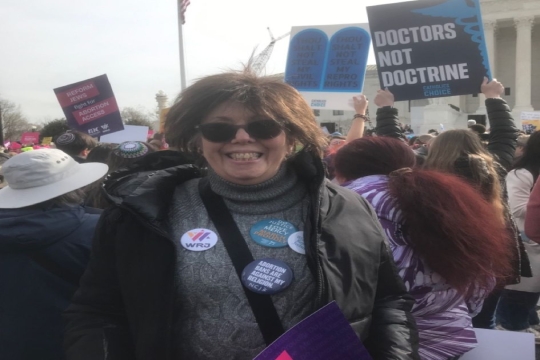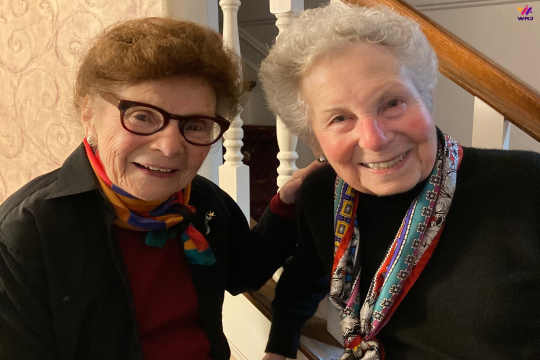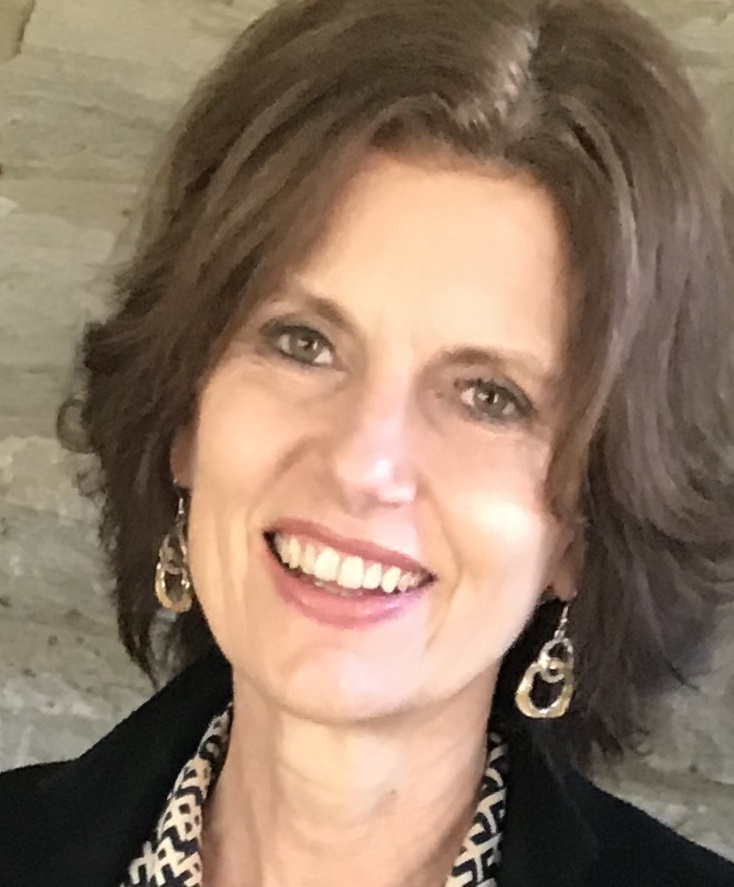Today is the International Day of Human Rights. Human rights encompasses a wide spectrum of topics. I attended a session at the United Nations called Human Trafficking Through the Lens of Civil Society. The panelists were individuals who represented various non-governmental organizations (NGOs), an investigative reporter, and a non-profit theater group. All of the panelists have had personal experiences with victims of trafficking. This briefing was intended to raise awareness and present NGO’s (including WRJ) with the tools and resources to take a stand against human trafficking. The session began with a performance by Girl Be Heard, a non-profit theater group that empowers young women to become brave and socially-conscious leaders while exploring their own challenging circumstances. It creates a safe space for girls to talk about issues important to them. This performance, entitled "Trafficking," was a dance to highlight that six out of 10 girls are victims of sexual or physical violence. It also illustrated some of the ways a girl can become a victim of trafficking. Often runaways are the primary targets for traffickers. Some girls run away because of abusive situations at home and others run away from a foster home. In both instances, no one comes to look for them. In some cases, the foster parents continue to collect benefits though the child is not in their home. The typical tactic for a trafficker is to befriend the runaway and express interest in them as people and offer help. Often, they will proclaim to be their boyfriend and after a period of time, force the girl into sexual slavery to “repay” all that has been given to them. Worldwide, 800,000 people are trafficked and is attributed to drug cartels and terrorist organizations according to UN Office on Drugs and Crime Director Simone Monasebian. The selling of people is third in terms of profitability after the selling of drugs and arms. One in three are children and 50% of these children are sold for sexual purposes (including forced marriages) with the other 50% sold for slave labor (including child soldiers) or organ removal. Only one in 10 is rescued. Taina Bien-Aimé, executive director of the Coalition Against Trafficking in Women (CATW), one of the oldest international organizations dedicated to ending the trafficking of women and girls, stated that political action should be expanded to include opposition to prostitution. She gave encouraging news that some countries, including the U.S., are enacting stricter laws against the perpetrators and also hold not only the traffickers accountable but the people who purchase people from the traffickers. She spoke briefly about the push of some countries and organizations (like Amnesty International) to make prostitution legal—a suggestion that Ms. Bien-Aimé and CATW find reprehensible. Member states cannot agree on criminalizing prostitution; however, it is considered criminal for the exploitation of children for prostitution, slavery, or organ removal among all member states. Also on the agenda was Operation Underground Railroad Founder and CEO Tim Ballard. He started his career in the CIA dealing with terrorism in Latin America. He also worked as a special agent for Homeland Security where he was assigned to the Internet Crimes Against Children Task Force and deployed as an undercover operative for the child sex tourism in the U.S. Sex tourism enables travelers (predominantly from wealthier countries) to find traffickers in foreign lands to purchase children. Mr. Ballard ultimately went off on his own because his ability to capture traffickers was limited due to jurisdictional laws in various countries. Now he works independently and has had success in identifying traffickers. He emphasized that the job of rescuing these children cannot be successful unless there are rehabilitation locations to teach these children that they are more than commodities. Finally, Ian Urbina, a New York Times investigative reporter, did a series on labor trafficking in entitled “Outlaw Ocean.” He spoke about Thailand and the fishing industry. Thailand is a middle-class country surrounded by two unstable countries: Myanmar and Cambodia. As a result a lot of laborers are trafficked into Thailand to work on fishing ships. Manning agencies go to local villages to offer jobs and the opportunity to escape poverty. People, including children, are then put on these ships as property of the captain. Some vessels do not come back to shore for two to four years, which makes slavery possible. The crew does not speak the same language as the captain. These are brutal places: 49% of escapees from these boats claimed they have witnessed murders by the captains. One escapee who Mr. Urbina interviewed said he had been shackled by the neck for two years as he worked on three different ships. Whether traffickers are manning agencies offering a way out of poverty with the intention of exploiting children, or a crew chief driving a van around the United States with a “mag team” (exploited young adults selling magazine subscriptions door to door), a pimp and a young runaway, or a person who procures domestic help from the Caribbean, physical and psychological violence are a large part of their victims' lives. What can we do about it?
- Advocate. Current bills before Congress include the Runaway and Homeless Youth and Trafficking Prevention Act (sign the UNICEF petition to help end trafficking of runaway and homeless youth) and the Business Supply Chain Transparency on Trafficking and Slavery Act of 2015. The latter has been introduced to Congress and would require large companies to verify that no slave labor was used to produce their products.
- Educate. We can advocate for higher conviction rates of traffickers. This scourge happens in every country and yet, in 15% of countries there have been no convictions; in 40% of countries there has been fewer than 10 convictions. If you know anyone in the legal field you can provide them with publications for prosecutors from the United Nations Office of Drugs and Crimes. You can also join the Blue Heart Campaign which is an awareness-raising initiative to fight human trafficking.
- Donate. No rescue of a victim of human trafficking can be a success without rehabilitation. However, there are not enough resources for the rehabilitation process. Consider donating to the voluntary trust fund for trafficking of women and children which provides emergency housing, reintegration, legal support, training, and psychological social reports worldwide.
During this Hanukkah season, you can take action and provide a light in the darkness for the 2.4 million victims of human trafficking. Leslie Brier is a WRJ Board member and a WRJ representative for the United Nations. She is also a WRJ Atlantic District area director and a member of Main Line Reform Sisterhood.
Related Posts

Andrea Stillman: A WRJ Leadership Spotlight


